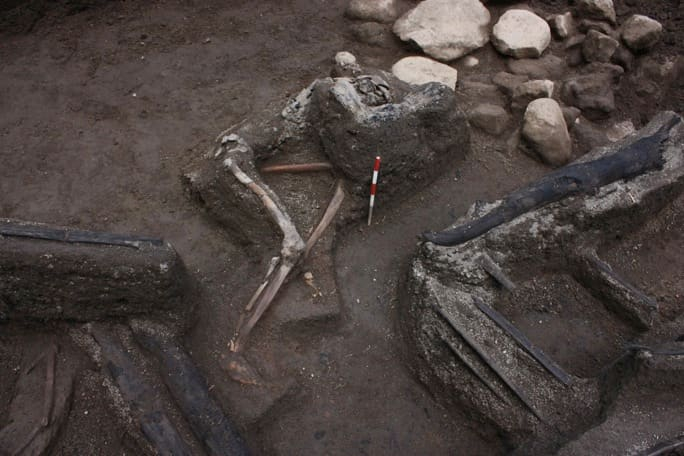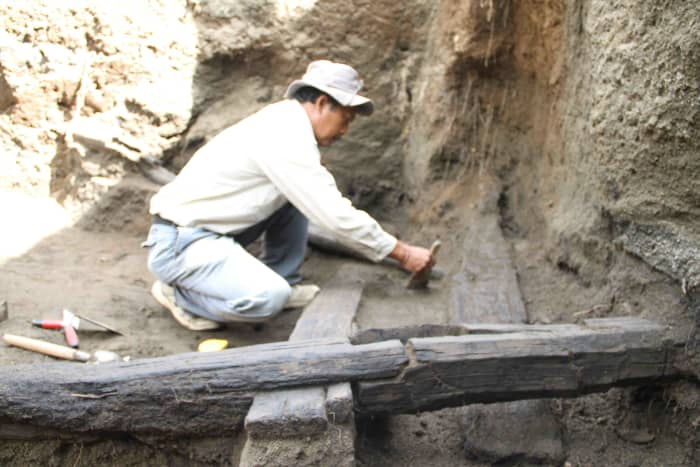Mount Tambora is known as the Pompeii of the East
One of the interesting facts about the 1815 eruption of Mount Tambora is that Mount Tambora is known as the Pompeii of the East. In 2004, a team of scientists from the University of Rhode Island and the Indonesian Directorate of Volcanology and Geological Hazard Mitigation began excavating Tambora, an Indonesian settlement buried almost two centuries ago by the greatest recorded volcanic eruption.
Scientists uncovered the settlement and two adults buried in roughly 10 feet (3 m) of ash in a valley on the volcano's flank – vestiges of Tambora's previous Kingdom preserved by the 1815 eruption that destroyed it. The Tambora relics' likeness to those linked with Mount Vesuvius' eruption in the year 79 has led to the Tambora site being described as "the Pompeii of the East," according to a NASA release.
The excavation demonstrates how a pyroclastic torrent of hot volcanic ash, rock and volcanic gas destroyed Tambora's 10,000 occupants in seconds. Three meters of volcanic material smothered the community. 117,000 people died in total.
According to Richard Lewis, Tambora was discovered by scientists with the assistance of a local guide, who told them that pottery fragments and human bones had been discovered in a gully. Scientists uncovered an entombed house with two occupants inside during the mid-2004 dig.
One woman was discovered in the kitchen, her hand next to glass bottles melted by the ash flow. The house, which was built on wooden stilts with bamboo siding and a thatched roof, had been burnt into charcoal by the scorching ash, which Sigurdsson estimated to be at least 538°C.
According to Sigurdsson, the discovery is noteworthy because it means that in an eruption such as that in 1815, pyroclastic flows extend from the volcano in all directions to a distance of at least 40 kilometers radially, and within that zone... there is an extinction of all species.










